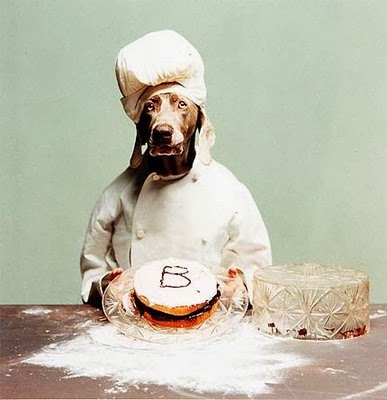La Dra Brenda Gough y su marido encontraron a este pobre, inocente, descuidado, aterrorizado y abandonado perrito cerca del Centro Ecueste de Southern Cross, a las afueras de Brantford, Ontario. No podía casi ni caminar debido a lo pesado y enmarañado de su pelaje. El equipo del Centro Ecuestre, donde trabaja la doctora como veterinaria, tuvo que entrar en acción para tratarlo y rescatarlo incluso de su propio pelaje.
La doctora cree que el perro ha debido pasar la mayor parte de su vida en una jaula. Estaba anémico, con el nivel de proteínas muy bajo y las patas dañadas de tanto pelo y barro sobre su cuerpo durante tanto tiempo. Incluso tuvieron que sacarle un cuerpo extraño del ojo.
Al perro le han puesto el nombre de Shreck y en un increíble cambio de imagen, afeitaron más de kilo y medio de pelo enmarañado a este perrito de 6 años de edad. Al final apareció un precioso y blanco Bichón Maltés.
Los Gough tienen a Shreck en su casa y está aprendiendo a convivir en familia. Está aprendiendo que dormir en el sofá, calentito y seco y ser querido por los niños y la familia, es algo realmente increíble.
La historia de Shreck ha captado la atención internacional y se ha hecho rápidamente popular. Incluso en Facebook tiene un álbum de seguidores.
Dr. Brenda Gough and her husband found this poor, innocent, neglected, terrified, pup, near the Southern Cross Equestrian Facility, just outside Brantford, Ontario. The dog was all alone and barely able to walk because of his heavily matted fur. The Park Road Veterinary Clinic team, where Dra Gough works as veterinarian, sprung into action to treat him and to rescue him from his own coat and skin.
Dra Gough thinks he is a puppy mill dog and she'll bet he has spent most, if not all of his life, in a cage. He was anemic, had very low protein and he could barely walk because his legs were hurting from all of that hair and mud caked on him for so long. They also had to take a burr out of his eye.
Gough and her colleagues named the dog Shrek. In a stunning makeover, they shaved more than 3 pounds of matted fur off the 6-year-old canine. The final reveal: a beautiful white Maltese Poodle.
The Goughs have since welcomed Shrek into their home and are teaching him to act like family. He is learning that snuggling on the couch, warm and dry, loved by children and family, is actually pretty awesome.
Shrek's story quickly earned international attention. His story has gone viral and even he has a supporters album.


















































